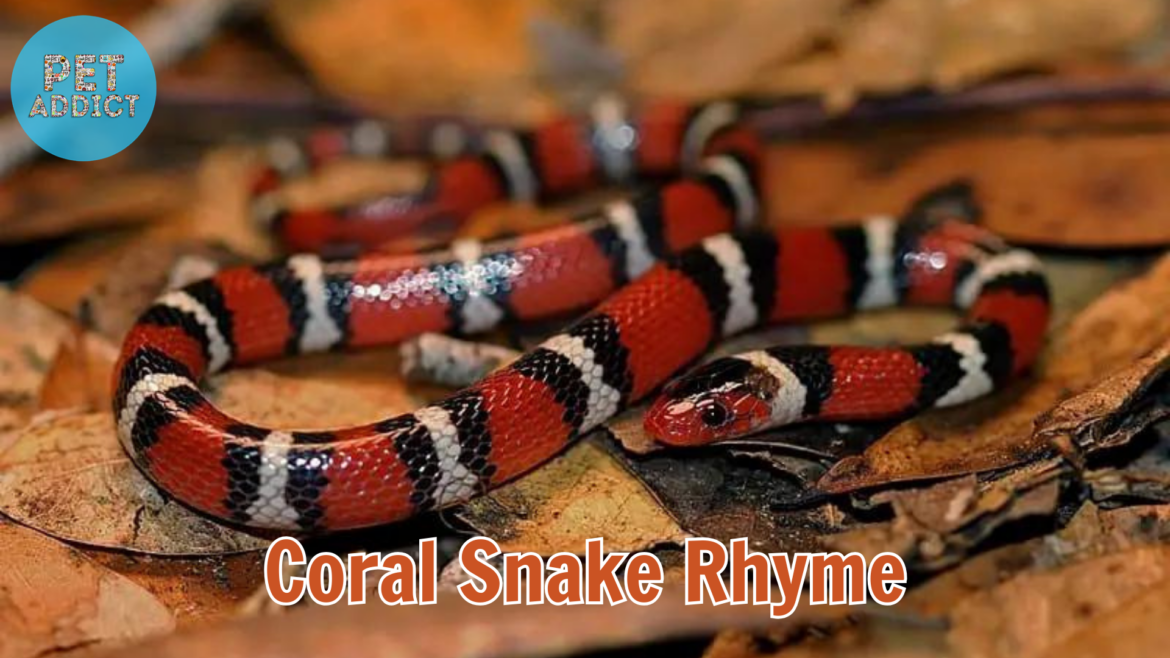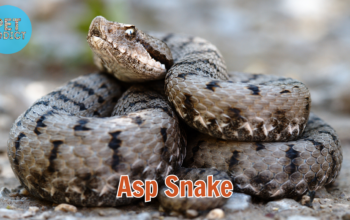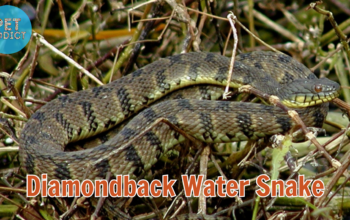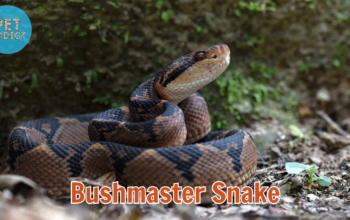The Coral Snake Rhyme, often recited as “Red on yellow, kill a fellow; red on black, venom lack,” has become a well-known mnemonic for identifying venomous coral snakes from harmless mimic species in North America. However, like many sayings and rhymes, its simplicity can lead to misunderstandings and potential risks. In this article, we will explore the origins, accuracy, and limitations of the Coral Snake Rhyme while providing comprehensive information about coral snakes and their significance.
PetAddict.net – The best place where you can find everything about your pet!
The Coral Snake Rhyme
The rhyme is a simplified guide to distinguishing venomous coral snakes from non-venomous scarlet king snakes and scarlet snakes that mimic the coral snake’s coloration. The idea behind the rhyme is that the color pattern on the snake’s bands can be used as a quick reference:
- “Red on yellow, kill a fellow”: This line suggests that if the red bands touch the yellow bands, the snake is venomous (a true coral snake).
- “Red on black, venom lack”: Conversely, if the red bands touch the black bands, the snake is non-venomous (a mimic species).
The Reality of Coral Snake Identification
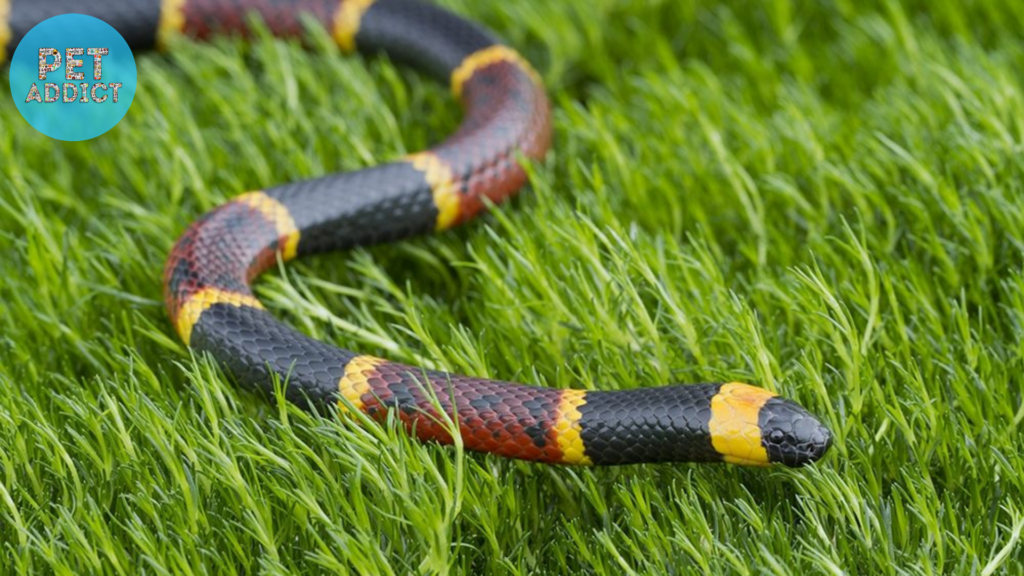
While the Coral Snake Rhyme can be helpful, it has several limitations:
- Not Universal: The rhyme is specific to North American coral snakes and their mimics. Coral snakes in other parts of the world may have different color patterns, rendering the rhyme ineffective.
- Variations Exist: Not all coral snakes conform to the color pattern described in the rhyme. Some coral snakes may exhibit variations in coloration, and some mimic species can be quite convincing.
- Behavior Matters: Relying solely on coloration can be risky. Coral snakes are often secretive and tend to avoid confrontation, but it’s always best to exercise caution when encountering a snake in the wild.
About Coral Snakes
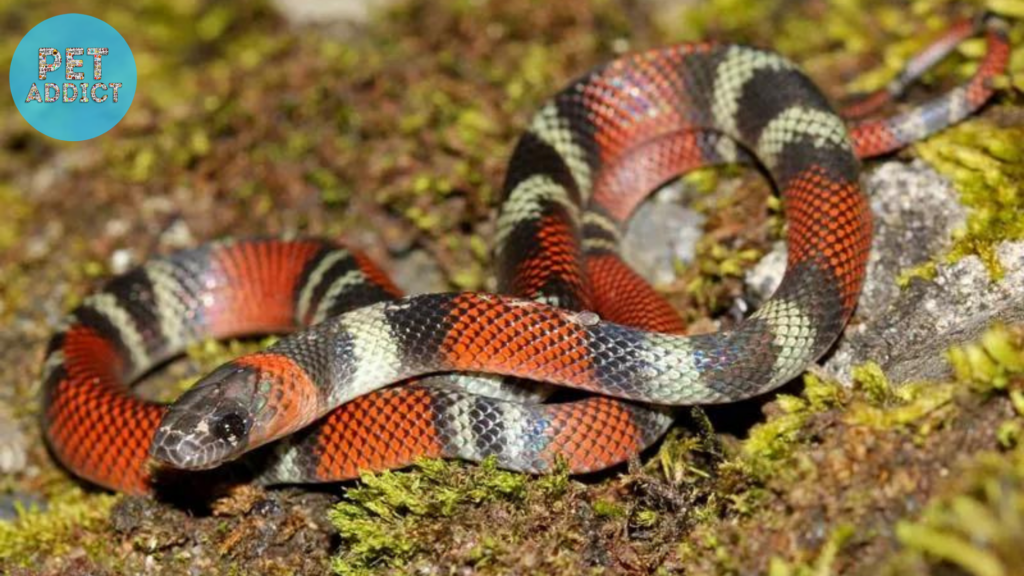
True coral snakes (genus Micrurus) are venomous and belong to the Elapidae family. They are found in North America, Central America, and South America. In the United States, the Eastern Coral Snake (Micrurus fulvius) is the most well-known species.
Key characteristics of coral snakes include:
- Slim bodies with distinct, alternating bands of red, yellow (or white), and black.
- Short fangs and a potent neurotoxic venom that affects the nervous system.
- A reclusive nature, preferring to avoid confrontation rather than attack.
Conservation Status
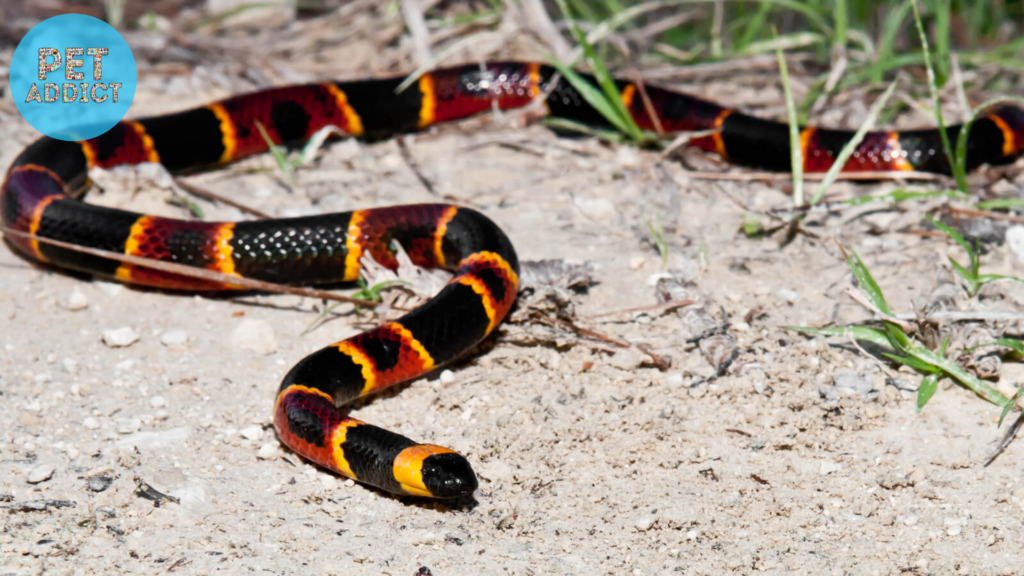
Coral snakes are essential components of their ecosystems, helping to control prey populations. Habitat loss and persecution by humans are significant threats to their survival. Protecting their natural habitats is crucial for maintaining biodiversity.
Safety Precautions

When encountering a snake in the wild, it is always best to exercise caution and avoid unnecessary risks. Keep the following safety tips in mind:
- Do Not Handle Snakes: Even non-venomous snakes can bite if they feel threatened.
- Maintain a Safe Distance: Observe snakes from a safe distance and give them space to move away.
- Educate Yourself: Familiarize yourself with the local snake species in your area, and if you are uncertain about the identity of a snake, consult a field guide or local wildlife expert.
In conclusion, while the Coral Snake Rhyme can serve as a helpful mnemonic for identifying North American coral snakes and their mimics, it is not foolproof. Knowledge, awareness, and responsible behavior are key when encountering snakes in the wild. These creatures play essential roles in ecosystems and deserve our respect and protection.

